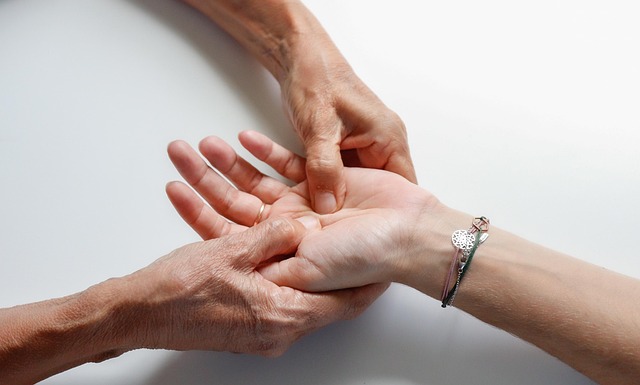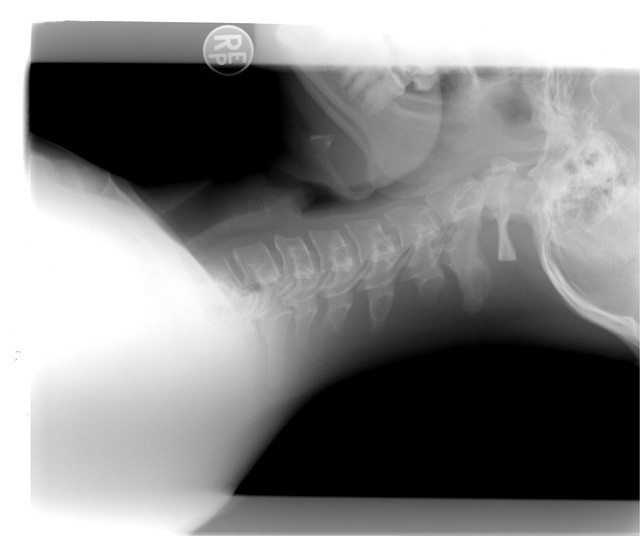In 2011, a secondary analysis of a clinical trial, conducted by Mark D. Bishop, Joel E. Bialosky, and Josh A. Cleland, sheds light on the role of patient expectations in the treatment of low back pain (LBP). The study aimed to explore patient expectations regarding various common interventions for LBP and to assess how these expectations influence self-reported disability outcomes, particularly focusing on spinal manipulation techniques.
The analysis revealed that patients generally anticipated greater benefits from active interventions such as exercise and manual therapy compared to more passive treatments like surgery and medication. This preference highlights a trend among patients to favor interventions that involve active participation and physical manipulation.
A significant finding from the study was the statistical association between patient expectations and the type of intervention received. Specifically, patients who expected relief from thrust techniques (a form of spinal manipulation) and actually received them were more likely to report that their general expectations for treatment were met (chi-square: 15.5, P = 0.008). This association did not hold for patients who expected relief from thrust techniques but received a different treatment (chi-square: 6.9, P = 0.4).
To understand the impact of these expectations on disability outcomes, the researchers employed logistic regression modeling. By the fifth treatment visit, the analysis focused on whether meeting general treatment expectations, the specific intervention received, and the interaction between the intervention and expectations regarding thrust techniques could predict changes in disability. The most straightforward model revealed that the type of intervention was the only significant predictor of success (P < 0.001). Patients treated with thrust techniques had an adjusted odds ratio of success of 41.2 (11.0, 201.7) compared to those who did not receive this treatment.
These findings underscore that for patients with LBP, the type of treatment administered—particularly thrust techniques—plays a more critical role in determining disability outcomes than simply aligning the treatment with patient expectations. This suggests that while managing patient expectations is important, the actual effectiveness of the chosen intervention can have a more substantial impact on recovery.
The study highlights the importance of patient education and communication in clinical practice. Healthcare providers should consider both the clinical efficacy of treatments and patient expectations to optimize outcomes for LBP patients. However, in cases where patients are suitable for thrust techniques, the application of this intervention appears to outweigh the necessity to match specific patient expectations for the treatment.
This research adds to the growing body of evidence that supports the use of manual therapy, particularly thrust techniques, as a highly effective intervention for low back pain, reaffirming the need for clinicians to incorporate evidence-based practices in their treatment plans.
Reference: Bishop, M. D., Bialosky, J. E., & Cleland, J. A. (2011). Patient expectations of benefit from common interventions for low back pain and effects on outcome: secondary analysis of a clinical trial of manual therapy interventions. Journal of Manual & Manipulative Therapy, 19(1), 20-25.




